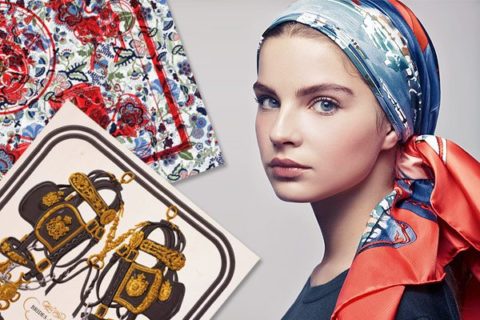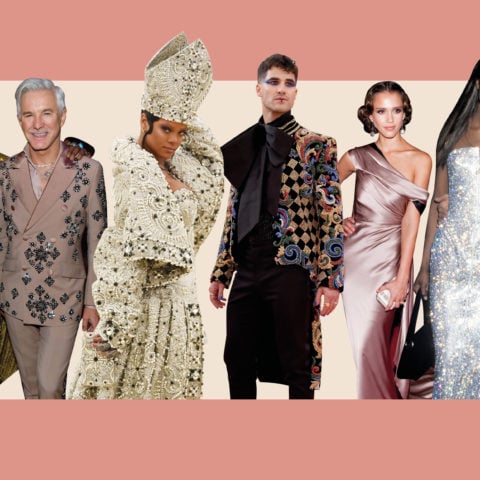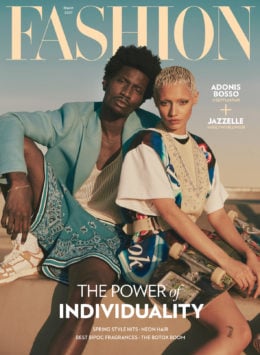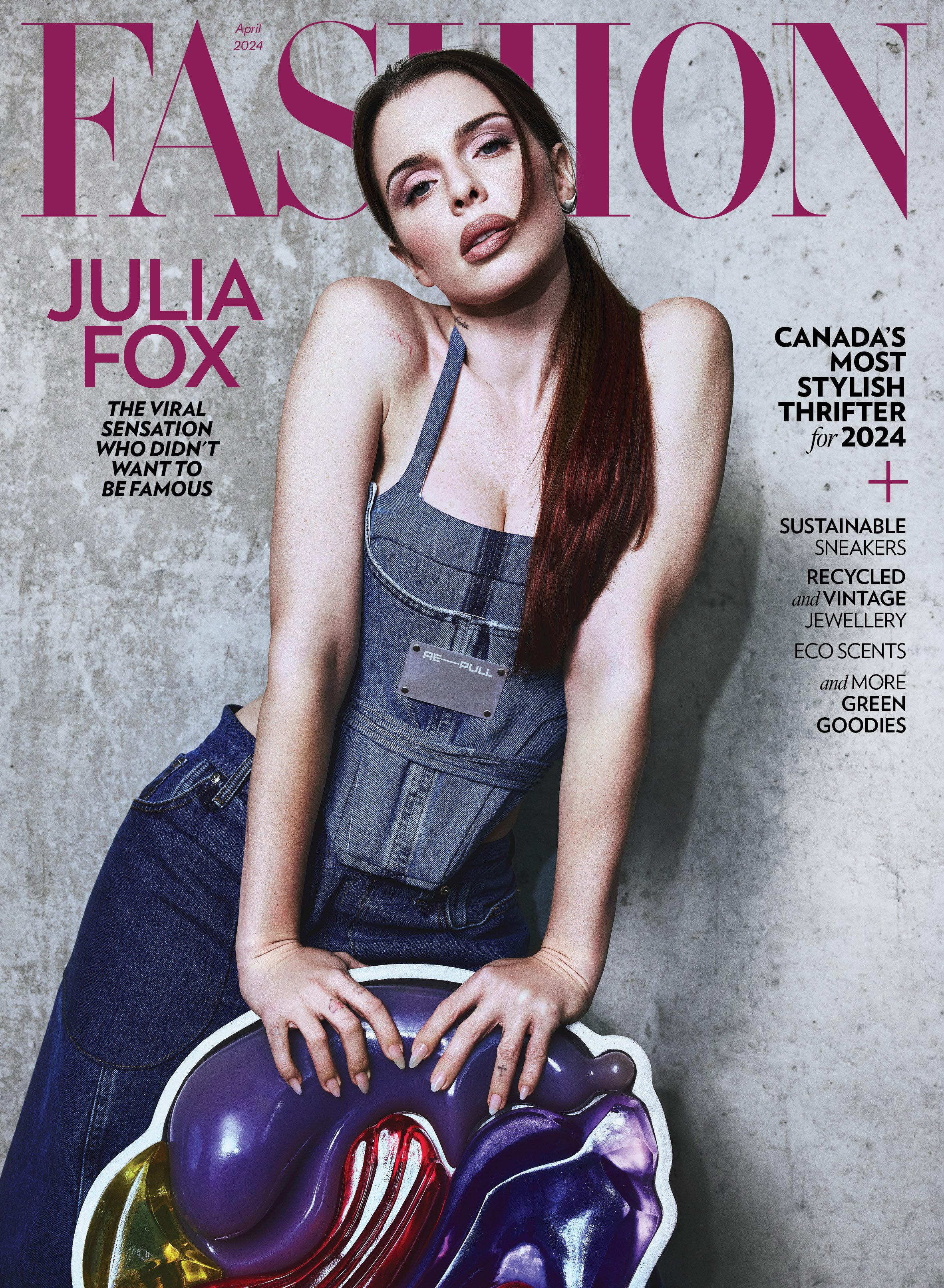Got silk? We unravel the history behind the Hermès scarf
Karen Ashbee travels to Paris for a history lesson on the Hermès carré.
Tied, twisted, looped, folded, rolled, rumpled—an Hermès scarf lends itself to endless transformations and yet somehow, it manages to always look the same: très elegant. With more than 1,500 versions to flirt with, these magical, hand-painted silk squares are just as beguiling today as when they first sprung to life in 1937. Their trademarks, which include 90-centimetre sides, specially treated silk twills and hand-rolled borders, were established early on. Over the years, some have been reinterpreted and reinvented to appeal to a younger demographic, notably a playful, pleated style (the Plissé) in 1980 and a long solid-coloured version in 2001 by designer Martin Margiela, who was then the artistic director of women’s ready-to-wear. Recent collaborations (dreamt up by Bali Barret, the current artistic director of the Hermès Feminine Universe) with Liberty of London and Parisian boutique Colette, new fabric mash-ups (jersey meet silk), unique silkscreen printing techniques, such as dip-dyeing, and globe-trotting carré pop-up shops continue to modernize this heritage luxury brand. “[The scarves] have a life of their own,” says Jennifer Carter, president of Hermès Canada. “When they are passed through the generations, it is very personal.” How do you say icon, en français?








